

Learning about the past can be fascinating—but textbooks and videos don’t always capture the depth of historical events. For educators seeking more engaging methods, virtual reality offers an immersive way to transport students back in time. Below, we explore five top apps that bring history to life. While these titles may not align perfectly with all official curricula, they can definitely broaden students’ understanding of pivotal moments and cultures.
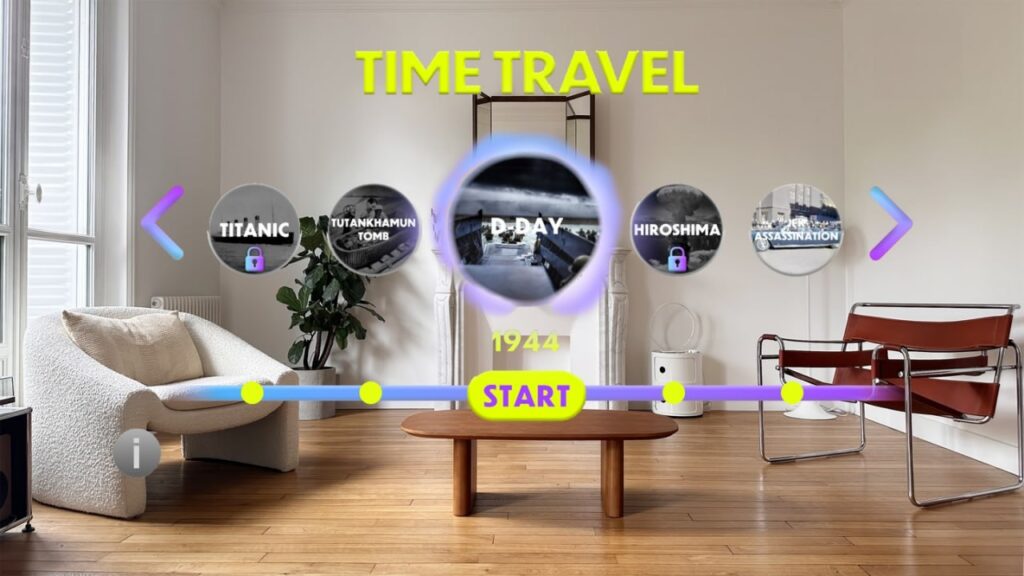
Why It Stands Out
Time Travel VR lets students leap into crucial events across different eras, including the sinking of the Titanic. This blend of escape-room puzzles and narrative challenges keeps middle and high school learners fully engaged, as they solve problems to progress through historically themed scenarios. By weaving gameplay with factual content, Time Travel VR offers a unique approach to history in the digital classroom.
Time Travel VR for Meta Quest VR Headset
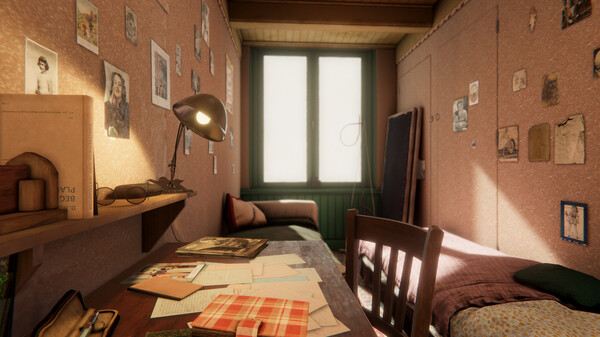
Historic Snapshot
In 1942, Anne Frank and her family hid in the “Secret Annex” in Amsterdam to escape Nazi persecution. This immersive experience re-creates the annex as it was during World War II. Students can step inside this confined space and sense the gravity of Anne’s situation, understanding the emotional toll of life in hiding.
Anne Frank House for Meta Quest VR Headset
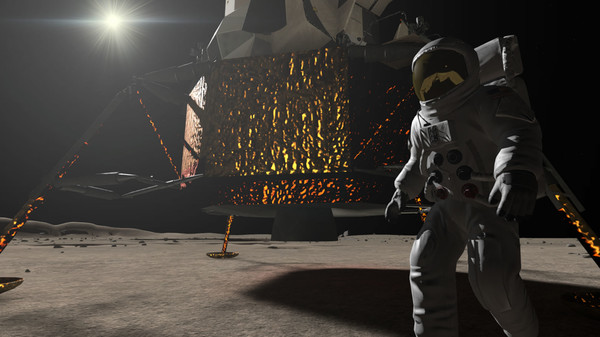
Journey to the Moon
Apollo 11 retells the story of the first lunar landing, combining authentic footage and re-created spacecraft modules. Students can pilot the command module, land the lunar craft, and explore the Moon’s surface—returning to Earth with a fiery re-entry sequence.
Apollo 11 for Meta Quest VR Headset
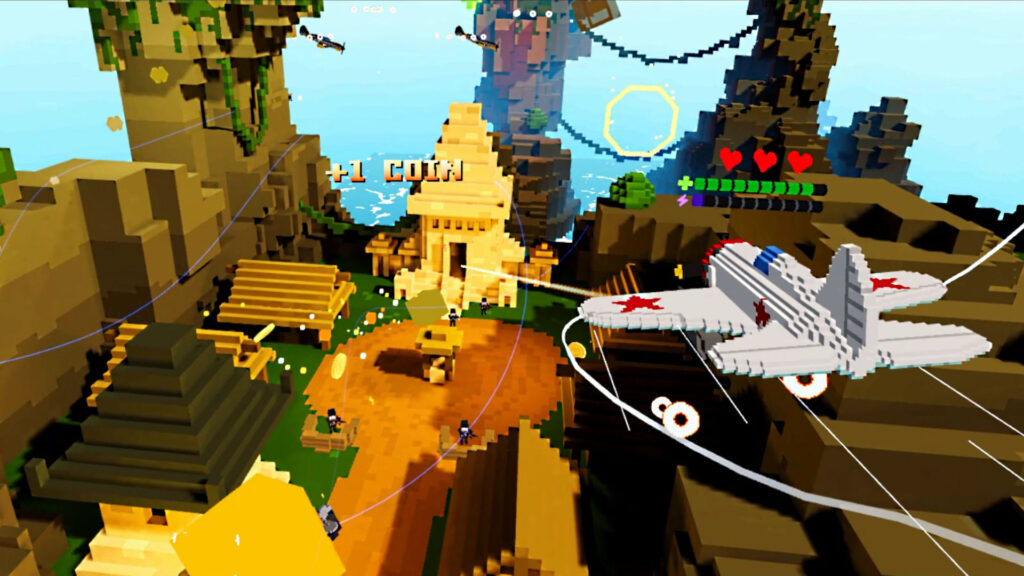
Retro Air Combat
Set during World War II, Wings 1941 tasks players with piloting voxel-style aircraft through iconic battles—from the D-Day landings to the Battle of Midway. It’s part flight sim, part arcade shooter, and wholly engrossing for students who enjoy action-based learning.
Wings 1941 for Meta Quest VR Headset
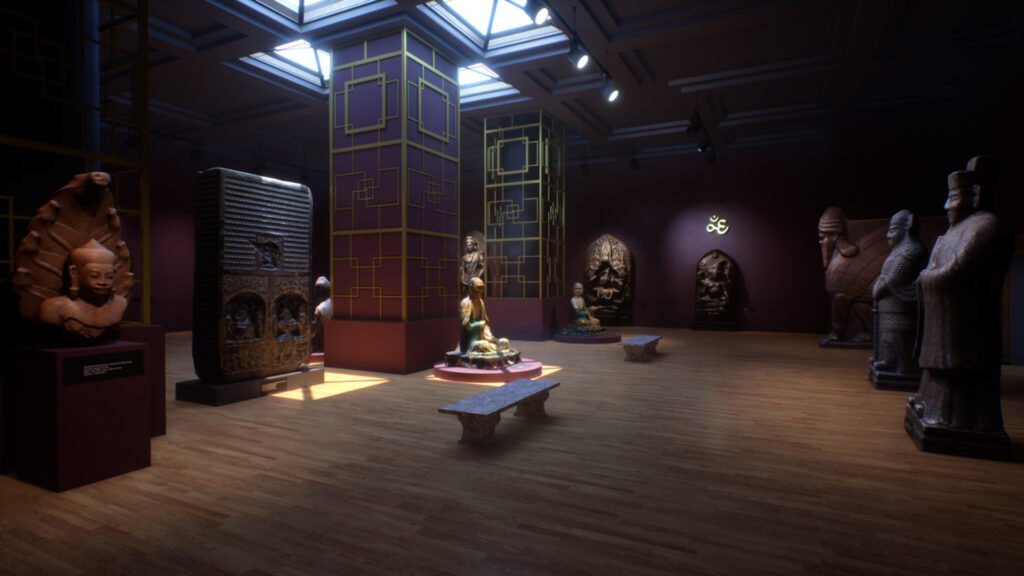
Virtual Museum Exploration
Containing digitized displays of ancient relics from around the globe—Europe, Asia, and North Africa—The Grand Museum immerses students in art history far beyond typical classroom VR. They can “visit” artifacts from Greek, Roman, Egyptian, and Asian cultures.
The Grand Museum for Meta Quest VR Headset
While each title focuses on different eras or themes—WWII, space exploration, ancient artifacts—they share a common strength: immersive experiences. Students not only read or watch but also participate, walk around, and interact with elements from the past. This shift from passive to active learning benefits retention and sparks curiosity.
However, these apps may not neatly align with strict curriculum standards. That said, using them as supplementary material can enrich traditional lessons. From viewing Anne Frank’s annex to studying ancient art, students develop empathy, context, and multi-dimensional perspectives on history. For older learners, these experiences can tie into Earth Science discussions—like how environment and geography influenced events—or even spark interest in advanced topics like environmental management in historical civilizations.
Education thrives on sparking wonder and curiosity. By leveraging immersive technology, teachers can enrich the digital classroom with experiences far beyond textbooks. Whether you’re guiding students through WWII-era stories or letting them pilot a lunar lander, these apps offer a chance to expand historical knowledge in a novel, interactive way.
At XReady Lab, we’re dedicated to demonstrating how immersive learning—whether via historical sims or advanced simulations in physics—can shift the student mindset from mere memorization to genuine discovery. While we specialize in everything from Earth Science modules to interactive labs, we also appreciate the value in using historical VR experiences to diversify lesson content.
Interested in more creative ways to bring these apps into your schedule? We’re always happy to share suggestions. Let’s innovate and let students see history as more than words on a page—turning it into a living, breathing narrative they can explore.
From the wonders of ancient artifacts to the awe-inspiring Apollo missions, history becomes vivid through these top VR apps. Even if not every detail aligns with a fixed curriculum, the depth of immersion can inspire a lifelong curiosity about our world’s past.
Frequently Asked
We prodive VR biology, VR physics, and VR chemistry simulations. Please, check our catalog.
Please, fill the form to get demo labs for free.
Please contact our customer support service at support@xreadylab.com or book a call with the team using the link to find out the conditions and book the VR class set up at your school.
Subscription to XReady Lab interactive VR labs. If you are a school, then you are also given access to the VR classroom system. VR class system helps you easily launch VR lessons for a large number of students, follow the experience of each student, as well as customise the content without developers.
We adhere to the world’s generally accepted recommendations and research. Our products are suitable for children from 12 years old.